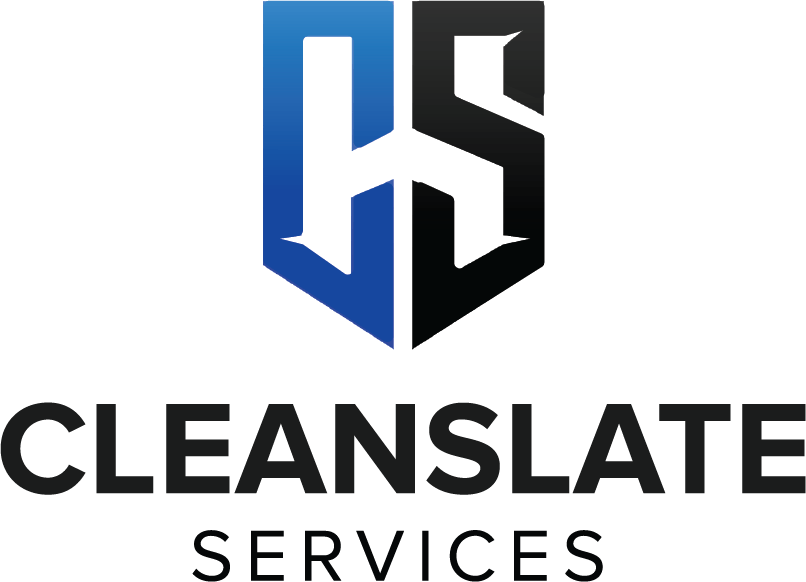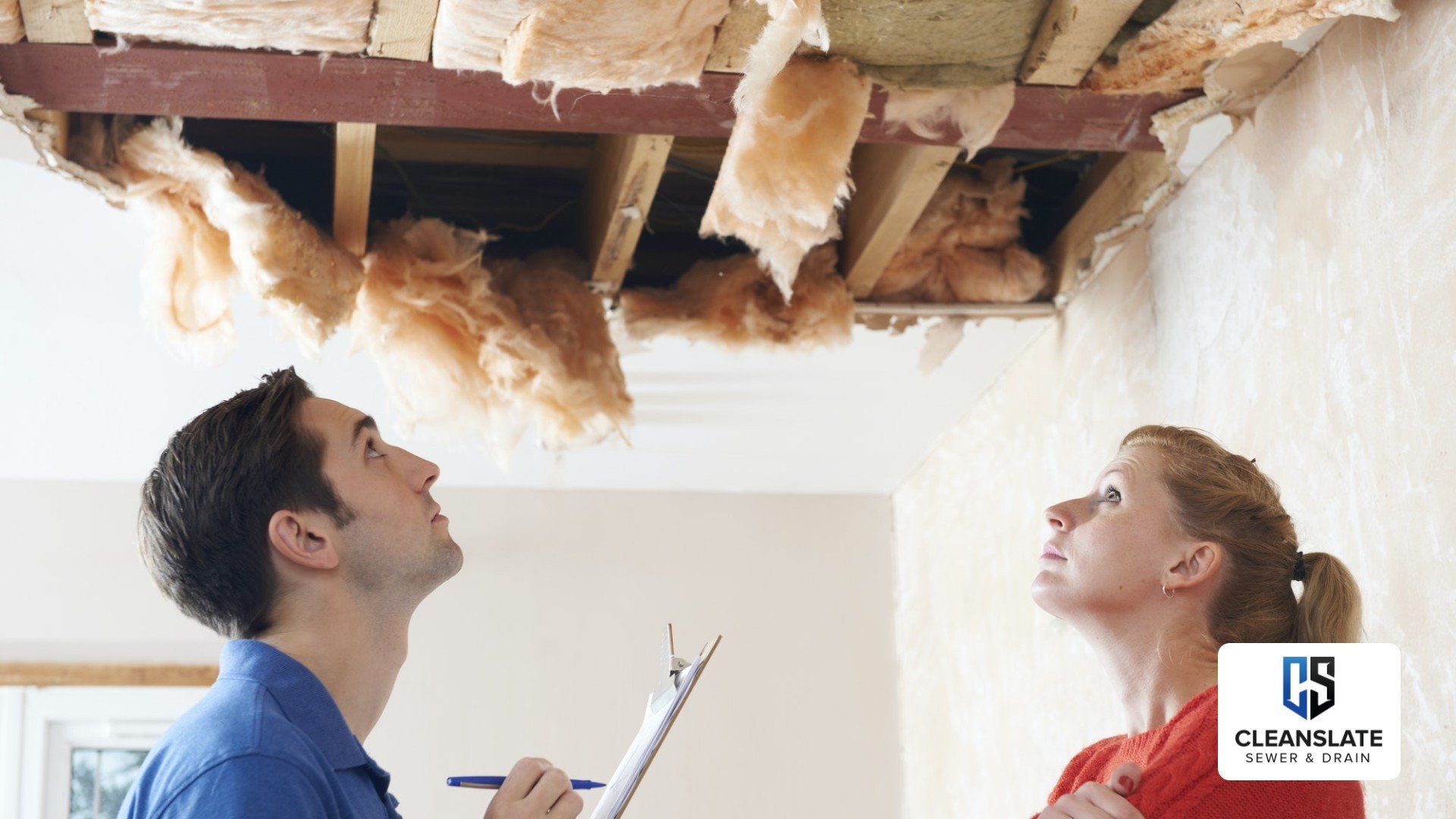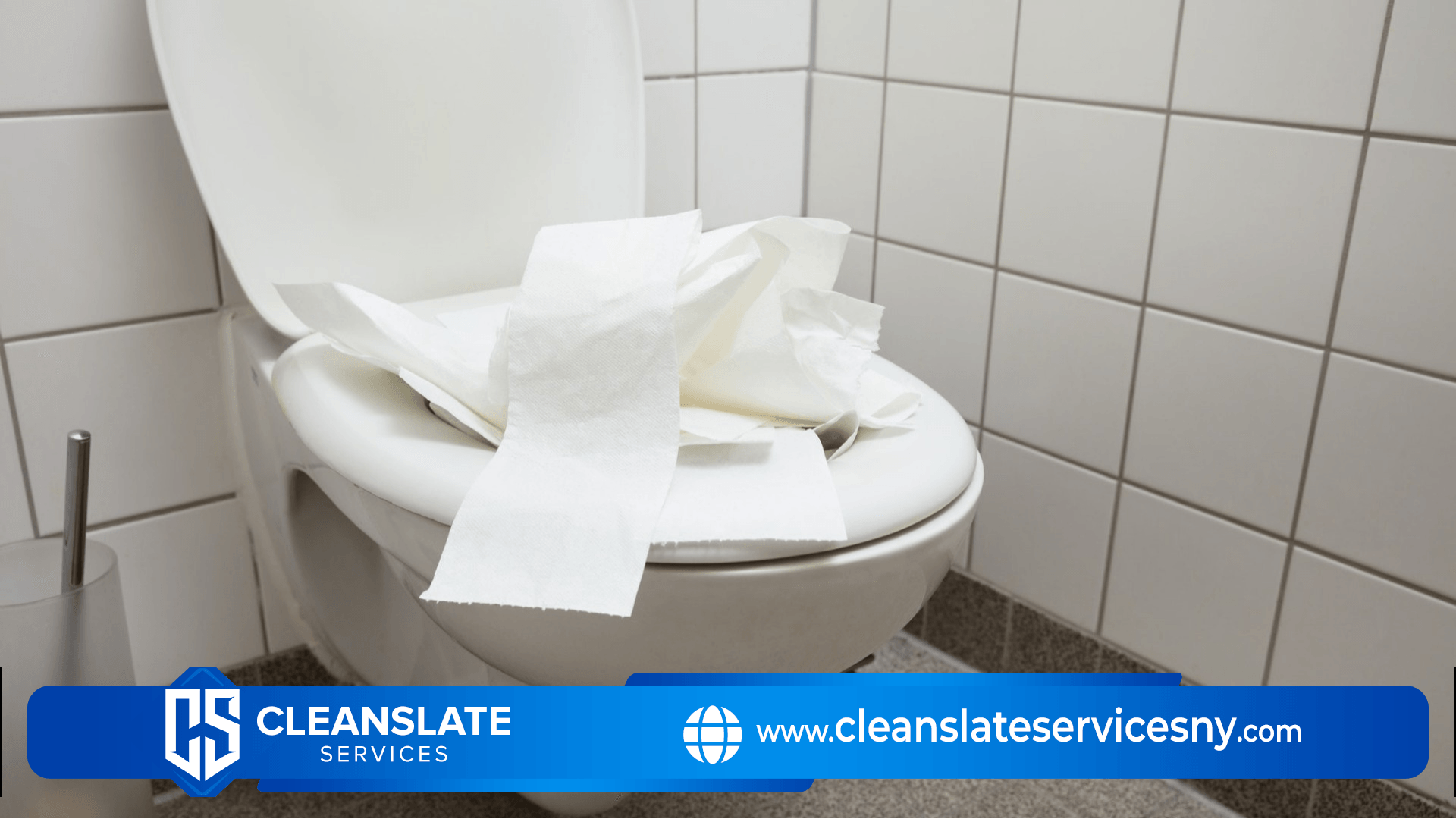Water damage can be one of the most destructive forces your home can experience. Whether it’s due to a broken pipe, leaking roof, or flood, the water can quickly wreak havoc on your home, destroying floors, walls, and possessions. The good news is that, with proper care, your home can be restored to its pre-damage condition.
How do I know if I have water damage?
Water damage is one of the most common problems that homeowners face. Whether it’s due to a broken pipe, a leaky roof, or a natural disaster, water damage can cause serious problems for your home. That’s why it’s important to know how to identify water damage so you can take steps to mitigate the problem as quickly as possible.
The first step in identifying water damage is to look for any obvious signs of water. This can include pooled water, water stains, or mold and mildew. If you see any of these signs, it’s a good indication that you have water damage.
Another way to tell if you have water damage is to check for any unusual odors. If you notice musty or moldy smells, it’s a sign that there may be hidden water damage that you can’t see.
If you suspect that you may have water damage, the best course of action is to call in a professional. Water damage experts have the tools and knowledge to properly assess the situation and determine the best course of action. They can also help you determine if your insurance will cover the cost of repairs.
What are the first steps I should take after water damage occurs?
1. Shut Off the Water Source
If possible, your next step should be to shut off the water source that is causing the damage. This could involve turning off the main water supply to your home if the damage is coming from a burst pipe, for example.
2. Remove Excess Water
Once you have shut off the water source, it's time to start removing any excess water that has already pooled in your home. This can be done with a wet/dry vacuum or by mopping up as much as possible with towels. The goal is to remove as much water as possible before it has a chance to seep into carpeting, floors, walls, and other areas where it can cause further damage.
3. Begin Drying Process
Once you have removed all of the standing water, it's time to begin the drying process. This involves opening doors and windows, turning on fans and dehumidifiers, and anything else that will help speed up the process- You want to get everything dried out as quickly as possible before mold has a chance to set in.
How do I clean and disinfect my home after water damage?
Clean all of the surfaces in your home. This includes walls, floors, ceilings, cabinets, countertops, and any other areas that may have been exposed to water. Start by scrubbing all of the surfaces with soap and warm water. If any of the surfaces are stained, you may need to use a stronger cleaner such as bleach or ammonia. Once all of the surfaces have been cleaned, rinse them with clean water and let them air dry.
Disinfect all of the surfaces in your home using a solution of 1 cup of bleach per gallon of water. This will help kill any bacteria or viruses that may be present. Be sure to open windows and doors while you are doing this to ventilate the area. Once all of the surfaces have been disinfected, rinse them with clean water and let them air-dry completely before using them again.
What should I do with my belongings after water damage?
Clothing and Linens: Anything that has been soaked in contaminated water will need to be thrown away. This includes clothing, linens, stuffed animals, and anything else made of fabrics or materials that can absorb water. If the water damage was caused by sewage, any clothing or linens that came into contact with the water will also need to be thrown away due to the risk of infection.
Furniture:
Upholstered furniture that has been soaked in contaminated water will need to be thrown away. Wood furniture may be able to be saved if it is dried out quickly and thoroughly. However, if the wood is warped or swollen, it will likely need to be replaced.
Appliances: If any of your appliances came into contact with water, they will likely need to be replaced. This includes dishwashers, washing machines, dryers, refrigerators, and ovens.
Electronics: Electronics that have been soaked in water will likely need to be replaced. This includes televisions, computers, stereos, and tablets. If your electronics are still working after being exposed to water, have them checked by a professional before using them again as they could short circuit and cause an electrical fire.
How do I prevent water damage in the future?
Close Those Holes! One of the best ways to prevent water damage is to make sure water can’t get inside your home in the first place. Check the exterior of your home for any cracks or holes, and seal them with caulk or another type of sealant. Be sure to check eaves, gutters, downspouts, and around windows and doors regularly to ensure they are in good repair and not allowing water to seep in.
Don’t Ignore Leaks! A small leak might not seem like a big deal, but left unaddressed it could lead to serious—and expensive—water damage. If you see a leak or spot any signs of water damage (such as staining on walls or ceilings), be sure to contact a professional right away to have it repaired.
Mind Your appliances! Believe it or not, your washing machine, dishwasher, water heater, and other household appliances can all cause water damage if they are not used properly or maintained regularly. Be sure to read and follow all manufacturer’s instructions for proper use, and check for leaks regularly. If you have an older appliance, consider replacing it with a newer model that has features designed to help prevent leaks and flooding.
Who can I call for help with water damage?
If you’re dealing with water damage, it’s important to know who to call for help. Water damage restoration companies are equipped to handle all aspects of water damage, from removal and extraction to repair and restoration. Plumbers can assess and repair any plumbing issues that may be causing or contributing to the water damage.
And finally, if the water damage is due to a natural disaster like flooding, you may need to call in a professional cleanup crew. These crews are specially trained to deal with the cleanup and restoration of homes that have been damaged by floods and other natural disasters. No matter who you need to call for help, dealing with water damage as quickly as possible is always the best course of action.
Contact Clean Slate Services Today!
Clean Slate Services will do everything we can to ensure your experience with us is excellent.
Request A FREE Estimate
We will get back to you as soon as possible.
Please try again later.
CHECKOUT RECENT POST
24/7 Emergency Service Available
Reach out to our restoration company based in Brookhaven, NY
Are you in need of emergency water damage services? We’re standing by ready to get your home restored to its pre-loss condition.
CONTACT INFORMATION
Phone: (631) 417-3213
Email: cleanslateservicesinc@gmail.com
Address: 2519 Montauk Highway Brookhaven, NY 11719
Business Hours:
Mon-Fri: 8:00 AM - 5:00 PM
Sat-Sun: Closed
ADDITIONAL INFORMATION
Us Across The Web
Geo
Neighborhoods
Niche
All Rights Reserved | Clean Slate Services, Inc.
Privacy Policy | Terms & Conditions | Sitemap





